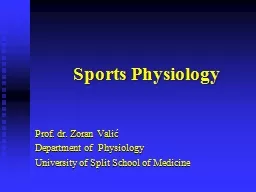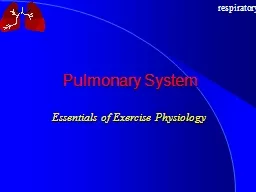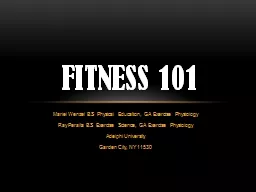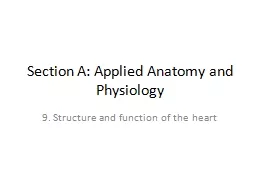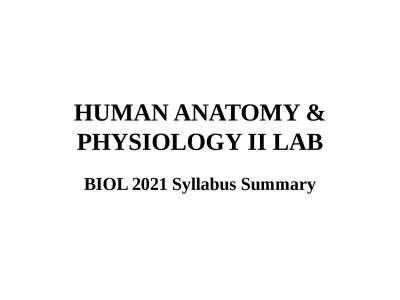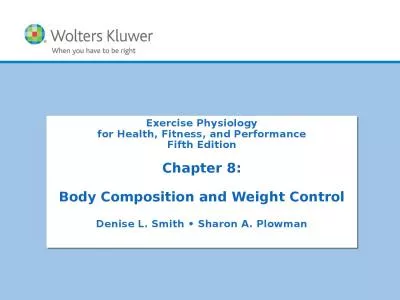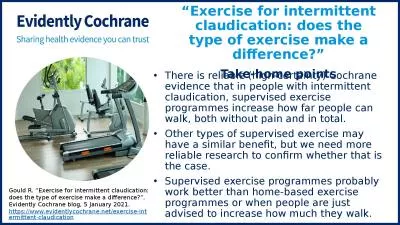PPT-Exercise Physiology
Author : yoshiko-marsland | Published Date : 2018-01-22
Aerobic capacity starter State what v02 max represents State the factors that affect the VO2 max AB B explains 12 Minute Cooper Run Maximal test to exhaustion Subjects
Presentation Embed Code
Download Presentation
Download Presentation The PPT/PDF document "Exercise Physiology" is the property of its rightful owner. Permission is granted to download and print the materials on this website for personal, non-commercial use only, and to display it on your personal computer provided you do not modify the materials and that you retain all copyright notices contained in the materials. By downloading content from our website, you accept the terms of this agreement.
Exercise Physiology: Transcript
Download Rules Of Document
"Exercise Physiology"The content belongs to its owner. You may download and print it for personal use, without modification, and keep all copyright notices. By downloading, you agree to these terms.
Related Documents


